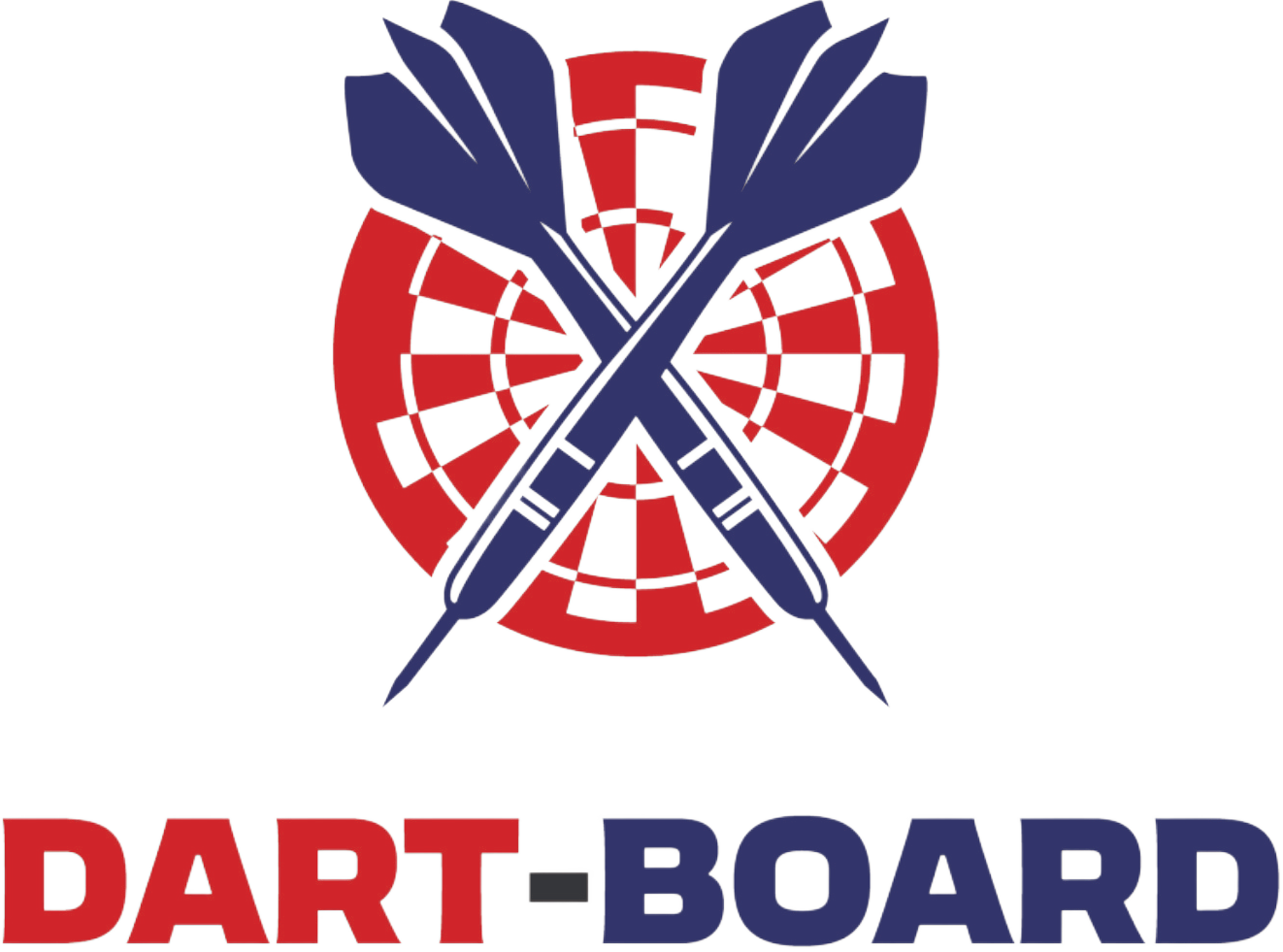- Ancient Beginnings: Darts likely originated in the medieval era. Soldiers would throw shortened arrows or crossbow bolts at the bottom of a wine barrel for leisure.
- Evolution: Over time, the game evolved from using barrel bottoms to wooden sections of tree trunks, which naturally formed rings akin to modern dartboards.
Formalization:
- 19th Century: Darts gained popularity in British pubs. The standardized dartboard design was introduced, inspired by the tree trunk sections.
- 1908: A significant legal case, involving a pub owner named Jim Garside, argued that darts was a game of skill rather than chance, which contributed to its legalization in pubs.
Modern Development:
- Standard Dartboard: The current standard dartboard, with 20 numbered sections and the bullseye in the center, became popular in the early 20th century.
- Materials: Early darts were made of wood with metal tips and feather flights. Modern darts use materials like tungsten for the barrel, nylon, or plastic for flights.
- Professionalization: The British Darts Organisation (BDO) was founded in 1973, followed by the Professional Darts Corporation (PDC) in 1992, which significantly boosted the sport’s profile.
Key Aspects of Darts
Gameplay:
- Objective: Players aim to score points by hitting specific sections of the dartboard. The most common formats are “501” and “301,” where players start with a score and aim to reduce it to zero.
- Scoring: The board is divided into 20 numbered sections, with each section offering different points. The outer bullseye scores 25 points, and the inner bullseye scores 50 points.
Types of Games:
- 501 and 301: Players start with a score of 501 or 301 and aim to reduce it to zero. The game requires players to finish by hitting a double or the bullseye.
- Cricket: Players aim to “close” numbers 15 through 20 and the bullseye while having the highest score.
- Around the Clock: Players must hit each number in sequence from 1 to 20.
Equipment:
- Dartboard: The standard dartboard, also known as a “clock” or “London” board, measures 18 inches in diameter with a bullseye at its center.
- Darts: Typically, darts are made of metal barrels, plastic or nylon flights, and steel tips. The weight can vary but generally ranges from 16 to 26 grams.
Interesting Facts:
- Strategic Play: Advanced players use mathematical strategies to determine the best sections of the board to aim for, especially when finishing a game.
- World Championships: The PDC World Darts Championship and BDO World Darts Championship are the most prestigious tournaments in the sport.
- Popularity: Darts is highly popular in the UK, Netherlands, and increasingly in other parts of Europe, North America, and Asia.
Conclusion
Darts has evolved from a medieval pastime into a sophisticated sport enjoyed worldwide. Its rich history, combined with the strategic depth of the game, continues to attract enthusiasts and professional players alike. Whether played in pubs or on the professional circuit, darts offers a blend of skill, precision, and competition.
